

Hearthstone, Blizzard’s popular Warcraft-themed online card game, can be very expensive if you want to have access to all the cards. This week, Blizzard released the newest pack-based expansion, The Grand Tournament, so a lot of people are busting open packs of the new cards.
You’ll probably need to open between 300 and 400 packs of Grand Tournament cards to collect the entire set. That’s a lot of time spent playing if you’re spending gold, and a lot of cash if you’re spending money. However, you can get everything you need while spending a lot less.
If you’re considering getting back into the game or expanding your collection with Grand Tournament cards, here are some tips on how to do it as efficiently as possible.
All you really need to enjoyably play constructed Hearthstone are the 30 cards required for one good deck, but you’re likely to find that a little bit boring. You'll also struggle to complete the daily quests that require you to play as other classes if you only have one deck.
So if you’re a veteran free player with a sizable stash of gold or dust, or you’re interested in spending money to build your collection, you will want a lot more cards than that. Let’s assume you want to get every card that you are likely to ever want to use in any competitive ladder deck.This is obviously a lot more than you’ll need for one decklist, but it’s actually a lot less than the total set.
Grand Tournament has only 132 total cards, and you get 5 cards in each pack. Cards come in four rarities: Common, Rare, Epic and Legendary. Most of the cards you get will be commons, but you’re guaranteed at least one rare in each pack. You’ll get an epic roughly once every five packs, and you’ll get a legendary once every 15-20 packs, on average.
The set has 49 commons, 36 rares, 27 epics and 20 legendary cards. To have a complete set, you need two of each common, rare and epic, and one of each legendary, and because of the differing odds of getting cards of each rarity, you’ll have all the commons and rares you need long before you get your epics, and you’ll have all the epics long before you get all the legendaries.
Excess cards can be disenchanted to produce a currency called arcane dust, which you can use to create other cards, so you can get the last few legends you want without having to resort to just buying packs until you get lucky. Past a certain point, when you open a pack, you’re not looking for anything other than legendaries, and anything else you get will be duplicates that you will turn into dust.
Given how coveted the epics and legendaries are, it’s important to remember that most of them aren’t really very useful. Legendary cards tend to be expensive, heavy minions with powerful effects — which are a lot of fun — but there’s a practical limit to how many of those your collection will require.
You can’t put more than a few of these in any deck, because if you draw a bunch of expensive, late-game cards early on, you won’t have anything to play on the early turns, and you’ll lose before you can summon your legends.
There are 36 legendary cards across all of Hearthstone that cost 7 crystals or more, and 17 of them are neutral. But, if a neutral 8-cost legend isn’t as good as Ragnaros, you’re just going to use Ragnaros. The other card, even if it seems cool, is really just a worse-than Ragnaros option that you don’t have room for in your deck.
Out of 53 collectible legendaries from the classic Hearthstone set and the Goblins vs Gnomes expansion, there are really only about 20 legendaries that are commonly used in viable ladder decks, and maybe a few other niche cards that people occasionally build decent decks around, but aren’t really necessary.
If you only focus on the useful legendaries, you can cut the cost of collecting nearly in half. It's not about completion, it's about focusing on the cards you'll actually use in your decks. Everything else can, and should, be safely ignored ... which brings us to the next section.
When you disenchant an epic card, you get 100 dust, and when you disenchant a legendary, you get 400 dust, but crafting an epic costs 400, and crafting a legendary costs 1600.
Since crafting a card requires disenchanting multiple cards, it’s always more efficient to get cards from packs than it is to craft them. You don’t want to spend 1600 dust crafting a legendary, only to get a duplicate soon after that you wind up disenchanting for 400 dust.
It's about focusing on the cards you'll actually use in your decks
If you craft your highest-priority epics and legendaries early on, and then you keep buying packs slowly to build out your collection, you’ll often run into this problem.
A lot of Hearthstone streamers have been opening hundreds of packs this week, and I did as well. I prefer to make all my gold and make all the real-money purchases I will be making during an expansion at once. Then I can craft the cards I didn’t get without worrying that I might find them in packs later. I’ve already got all the Grand Tournament cards I will be getting, and I am now stockpiling my gold to buy packs of the next set.
However, most commentators believe that most of the Grand Tournament cards are a little bit less powerful than many of the Goblins vs. Gnomes and Adventure Mode cards, and many of these will not find a place in constructed decks. So, if you don’t care about collecting everything, it may make sense to take a conservative approach, and only buy enough to be able to craft the cards you really need.
When GvG was launched, a lot of people thought Troggzor the Earthinator was the best card in the set. I crafted him on launch day. It turns out that he sees little play, because he’s only effective if you have board control at that stage of the game. There’s no reason to use a card that is only good under certain conditions, when you can play a card that costs the same, and is effective regardless of the state of the board.
This time around, most people think Varian Wrynn is the best card in the set. But he costs 10 crystals to summon, and the control-warrior deck archetype that he fits into may not work well in the new metagame, which means he might not end up seeing that much play. If you craft him today, you might end wishing you’d made something else next month.
If you want to purchase a bunch of packs, the cheapest way to do it is currently through the Amazon App Store. Amazon’s app store uses a digital currency called Amazon Coins which Amazon sells for 10% off their face value if you buy $50 or more, and they’re currently running a promotion where they refund you 20% of the coins you spend on Hearthstone cards.
That means that, while 80 packs usually cost $100 on PC or iOS, you can get 97 packs for $90 with the Amazon coins, which is a very big discount. The catch is that Amazon is using this as a sort of loss-leader for its shop, which is only available on its Kindle tablets and certain other Android devices
If you don’t have access to an Android tablet or phone with Amazon’s App Store, you can download an Android emulator for PC and access the Amazon app store through that. If you do this, you should be sure you can get Hearthstone running through Amazon before you buy the coins.
I like Legendary hearthstone cards, even the marginal ones, so I don’t actually follow the most efficient practices for maintaining a streamlined collection of competitive cards. Sometimes, I try to use those less-competitive legendaries in oddball ladder decks (generally without great success), and I also sometimes find these cards are useful in the heroic modes of the Adventure mode boss fight.
Last year, I saved up 12,500 gold in time for the launch of the Goblins vs. Gnomes Hearthstone expansion, and liquidated it all buying packs on launch day.
This week, I spent the 13,000 gold I amassed over the past 9 months on 130 packs of the new Grand Tournament expansion with gold, in addition to the 50 packs I got from my real-money pre-order. Out of 180 packs, I got a total of 8 legendaries, one of which was a duplicate, which is only one more legendary card than I got out of only 128 packs of Goblins vs Gnomes. This was a below-average outcome for this number of packs; I was hoping for nine or 10.
The legendaries I got were: Aviana, Eadric the Pure, Chillmaw, Skycap’n Kragg (twice), Bolf Ramshield, Acidmaw, and Justicar Truehear.
I got most of the epics in the set, and two of each rare and common card. Mass disenchanting my duplicates yielded 5970 dust, which was almost enough to craft 4 more legendaries.
I also like keeping golden cards, which is another luxury that makes Hearthstone more expensive for me than it could be. All Hearthstone cards also have a low chance to be golden, which is the Hearthstone equivalent of a foil card; golden cards have animated portraits and shiny golden borders.
The only functional difference between a golden card and the regular version is that golden cards can be disenchanted for a lot more dust. I didn’t keep a precise count, but I’m pretty sure that disenchanting my golden cards from these packs would have earned me at least enough dust to craft another legendary.
If you’re interested in seeing exactly what came out of my 180 packs, there’s a 50 minute video of me opening these cards appended to this article. Griffin McElroy and Philip Kollar also have a video of opening 116 packs.
Completing almost the full expansion cost me $125 after the Amazon discounts, as well as all the gold I saved by completing my daily quests in Hearthstone almost every day for nine months, but if I had disenchanted my golden cards, and limited myself to the most useful legendaries, I probably could have stopped after the initial 180 packs, and still been able to craft everything I needed.
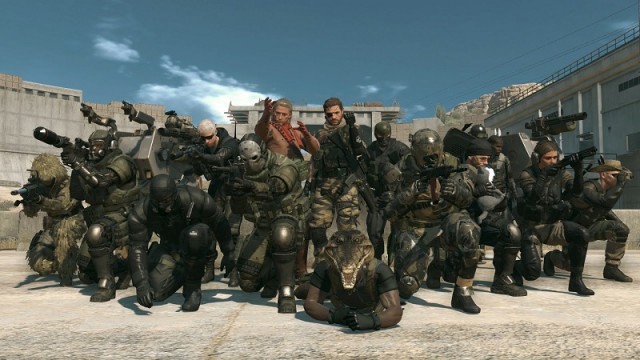
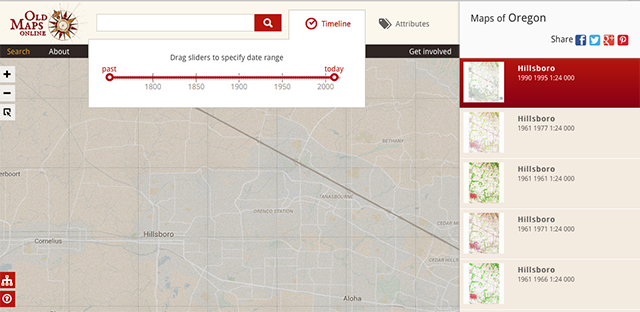
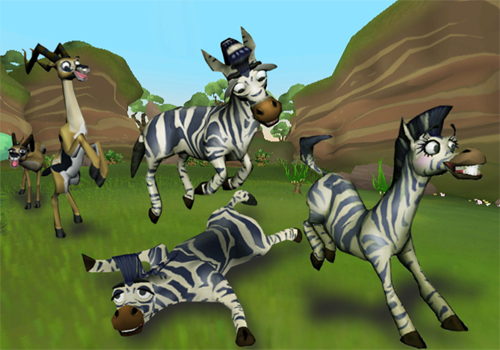
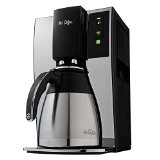
 Life is Strange (PC) walkthrough
Life is Strange (PC) walkthrough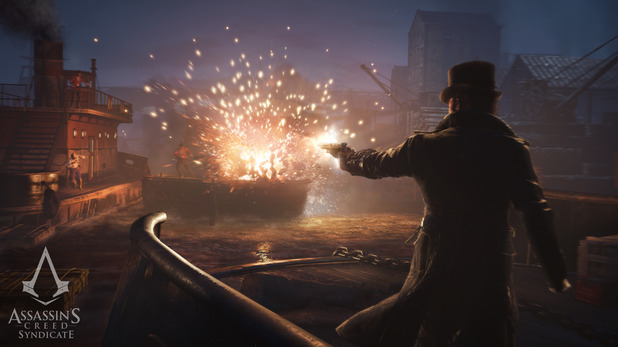 Sequence 8 - Strange Bedfellows: Assassin's Creed: Syndicate Walkthrough
Sequence 8 - Strange Bedfellows: Assassin's Creed: Syndicate Walkthrough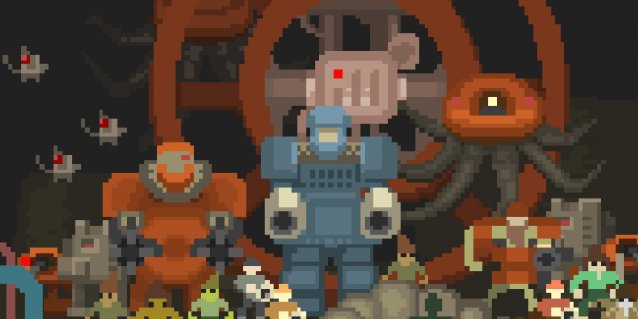 Teleglitch Review: Roguelike Reinvented
Teleglitch Review: Roguelike Reinvented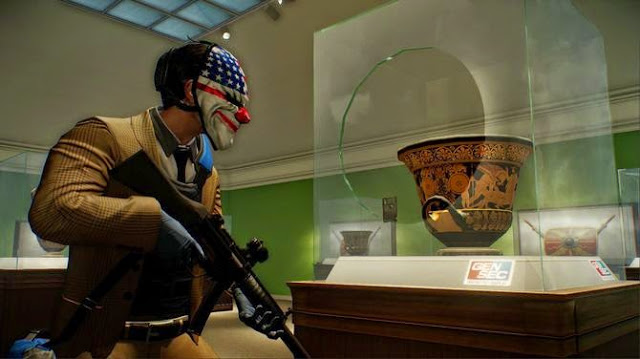 Payday 2 (PC) Fast Money - 0.5 million cash within 3 minutes
Payday 2 (PC) Fast Money - 0.5 million cash within 3 minutes Halo 4 Glitches Guide
Halo 4 Glitches Guide